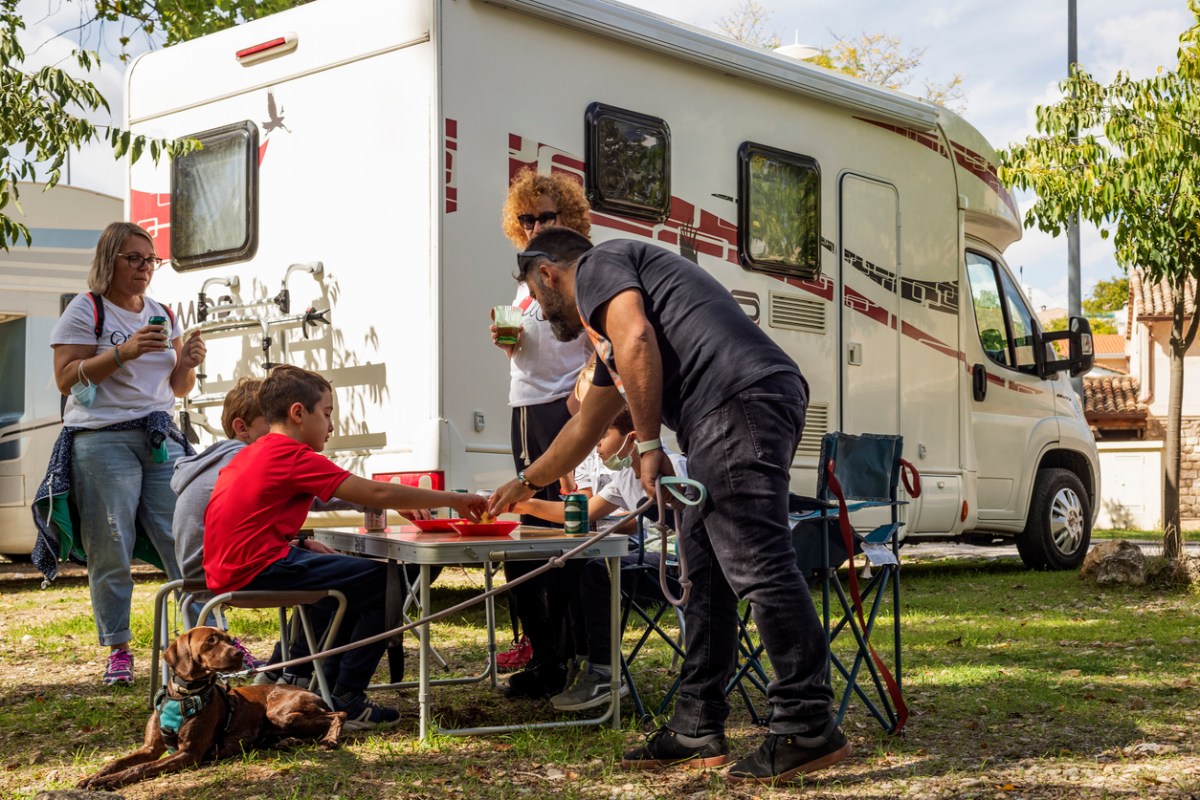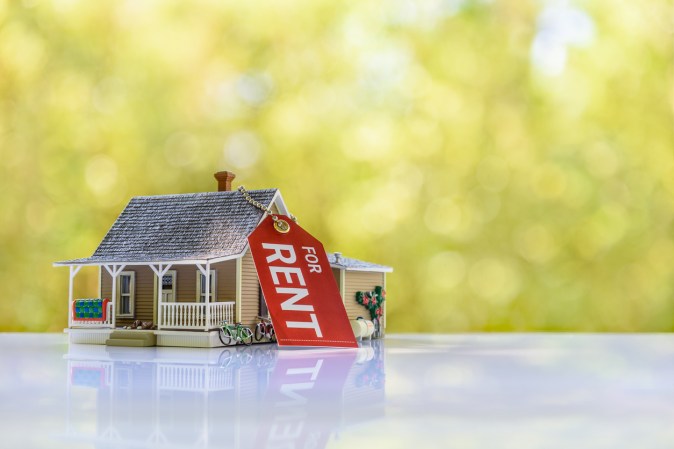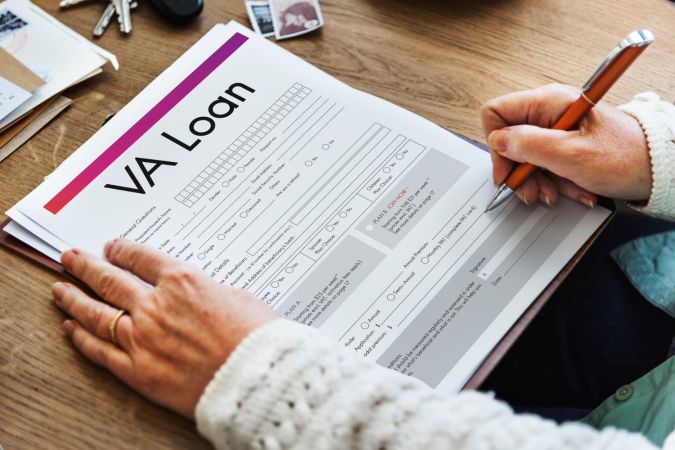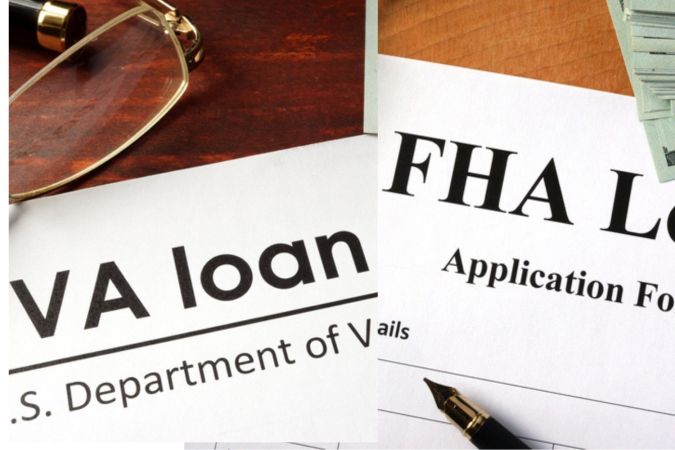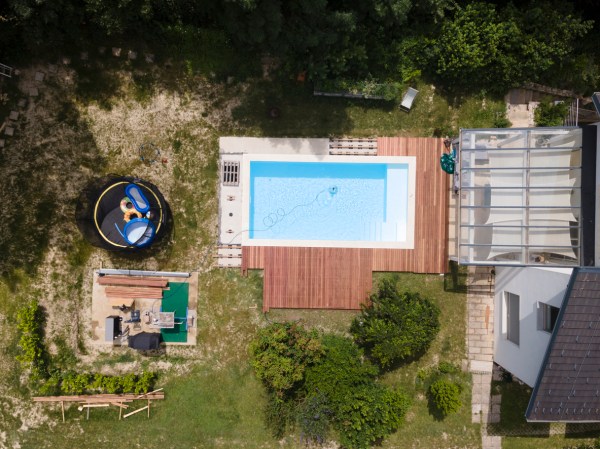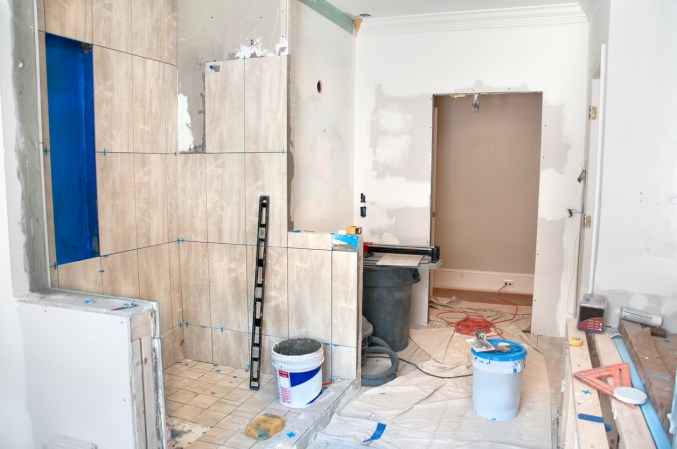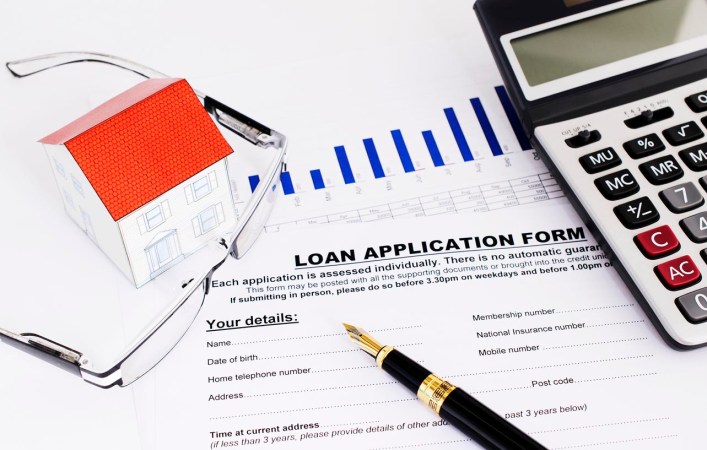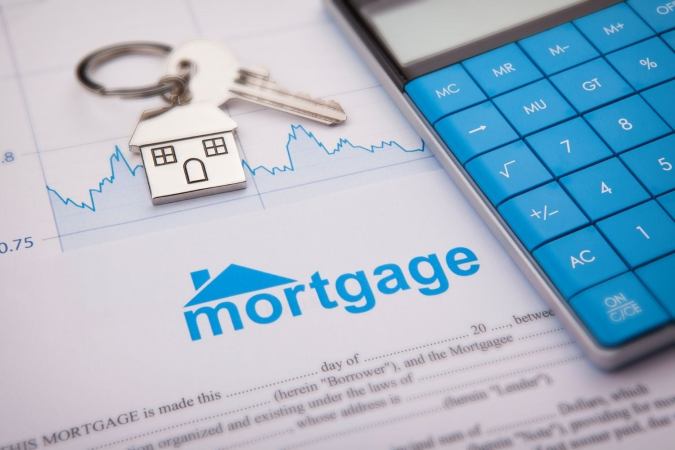We may earn revenue from the products available on this page and participate in affiliate programs. Learn More ›
Skyrocketing prices of traditional single-family homes and a budding tiny-home movement have more home buyers looking at nontraditional options. Mobile and manufactured homes offer buyers a unique path to homeownership. In general, manufactured mobile homes cost less than their traditional stick-built counterparts.
However, securing financing for mobile homes can present a challenge for some buyers. The good news is there are several options for buyers to consider when shopping for one of the best mobile home loans. This guide will show how to finance a mobile home and explain how buyers can compare their financing options.
Before You Begin…
Although mobile homes tend to be less expensive to purchase than traditional single-family homes, they share similar ongoing expenses. Most mobile home lenders will require a borrower to get coverage from one of the best mobile home insurance companies to protect their investment. Mobile home insurance costs around $1,300 per year, but that cost will vary based on coverage limits, deductibles, the type of mobile home, and geographic location.
Other costs borrowers might face include ongoing maintenance and repairs. For example, mobile home floor repairs can cost several thousand dollars. Likewise, if a homeowner wants to move their mobile housing to a new location, they’ll need to consider the costs of moving a mobile home.
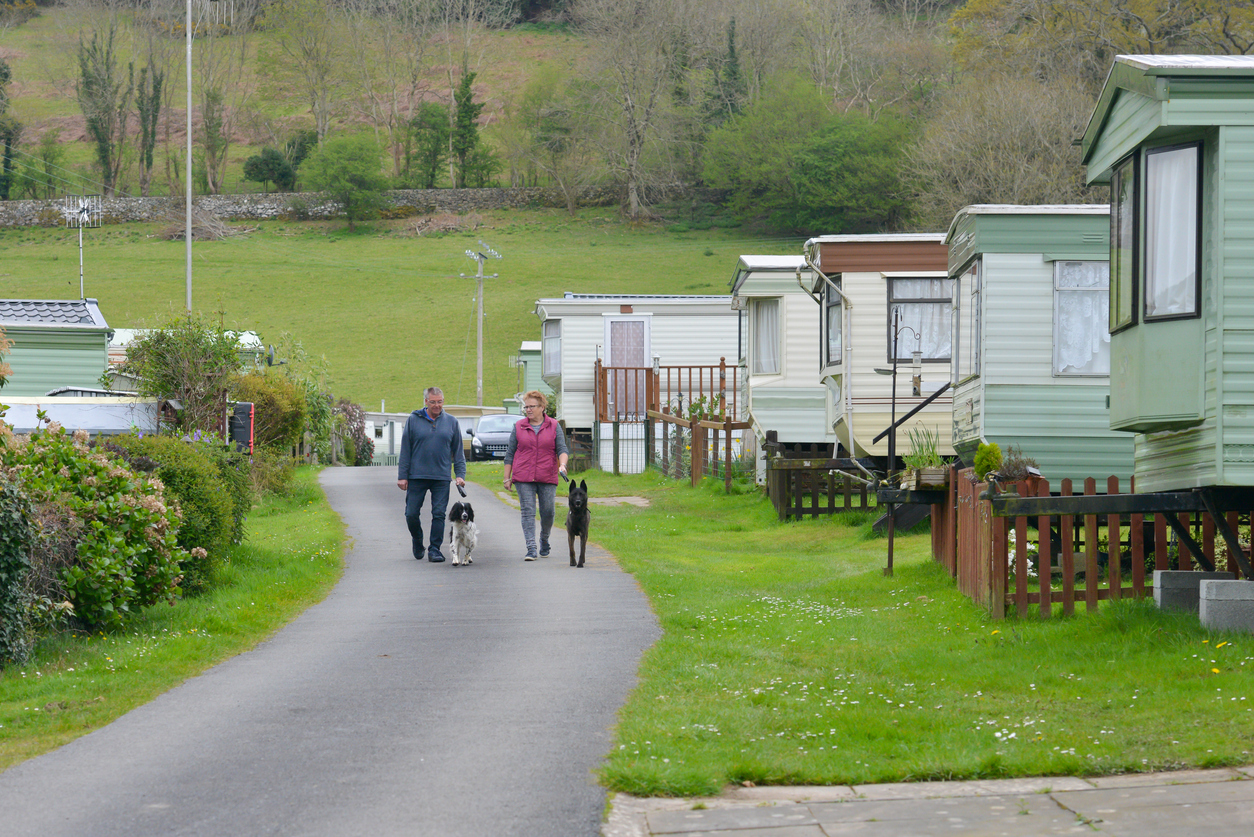
STEP 1: Determine whether you’ll purchase land in addition to the mobile home or purchase the home and rent a plot of land.
When building a traditional home, the owner also owns the land on which it sits. Mobile homes, however, are generally purchased without land. Instead, buyers of mobile and manufactured homes purchase the housing unit on its own. However, buying the home itself is only one part of the mobile home cost for buyers. The buyer also has to choose where to place their mobile home, which comes as another expense.
Buyers of mobile homes typically have two choices: They can purchase land for their home or rent a plot of land in a mobile home community. This choice can affect which types of loans for mobile homes they can qualify for. If a borrower decides to place their manufactured or mobile home on a rented plot, they may face stricter borrowing requirements or have more trouble financing a mobile home. Borrowers looking to purchase mobile homes with land may be able to combine their housing and land purchase into a single mobile home mortgage.
STEP 2: Calculate your budget and the amount you’ll need to borrow to finance the mobile home purchase.
After a buyer determines whether they’ll purchase land in addition to their mobile home, they can start calculating their budget for the purchase. Potential mobile home owners may want to start by assessing their cash savings and monthly budget. Their current savings can give borrowers an idea of how much they can afford as a down payment on the loan. Meanwhile, borrowers can look at their monthly budget to see how much room they have for a monthly mortgage payment. They can then research the best mobile home manufacturers to see which option best suits their needs and budget.
Buyers may want to be aware that the terms “mobile home” and “manufactured home” do not refer to the same type of dwelling, though they are closely related. Mobile homes were built before 1976 and the implementation of the National Manufactured Housing Construction and Safety Standards Act of 1974. Manufactured homes, on the other hand, are those that were factory-built after 1976, when new safety regulations and standards were in place. Mobile homes, such as trailer houses, tend to be less expensive than manufactured homes, due to their age. However, it may be easier for buyers to find manufactured home financing thanks to the increased safety regulations within the industry.

STEP 3: Check your credit report to get an idea of the interest rates you’re likely to be offered.
A home buyer’s credit score and credit history are two of the most important factors in securing a home loan. Mobile home buyers will want to check their credit report before shopping for a loan. Lenders use a potential borrower’s credit score to determine whether they qualify for financing. They’ll also use a borrower’s credit score to calculate the interest rate and loan terms for the mortgage.
Generally, a borrower with a high credit score will have access to the best loan terms. A borrower with excellent credit, for example, may qualify for a loan with the lowest available interest rate. Borrowers with low credit scores (or no credit history) may have trouble qualifying for a loan. Those with low scores who do qualify may have to pay higher mobile home interest rates for their loan. It may be a good idea for a borrower with a low credit score to work on improving their credit history before applying for a loan by making on-time payments for existing loans and credit cards and paying down debt.
STEP 4: Consider a conventional loan if you plan to install the mobile home on a permanent foundation.
Many lenders won’t offer a conventional mortgage for mobile or manufactured homes because these structures aren’t considered real estate (also called real property). A buyer who wants to be able to move their home, such as a tiny home or mobile home on a trailer, may not be able to qualify for a conventional mortgage. Lenders are more likely to provide conventional home loans for mobile homes if the buyer installs the home on a permanent foundation. The process of installing a mobile home on a permanent foundation also usually includes legally converting the home to real property. Once a manufactured or mobile home is secured to the land on a permanent foundation, it’s treated more like a traditional house for the purposes of obtaining financing.
Even if a manufactured home is on a permanent foundation, however, lenders may still have strict requirements for the property to qualify for a conventional mortgage. For example, many lenders require the home to meet minimum square footage or length and width requirements. Other lenders might require the home to be placed on owned land, meaning the borrower can’t build the foundation for a mobile home on rented land. In addition to the land and manufactured home requirements, conventional lenders may have stricter requirements for borrowers. For instance, a lender may require a borrower to have a higher credit score to qualify for a conventional mortgage for a mobile home.
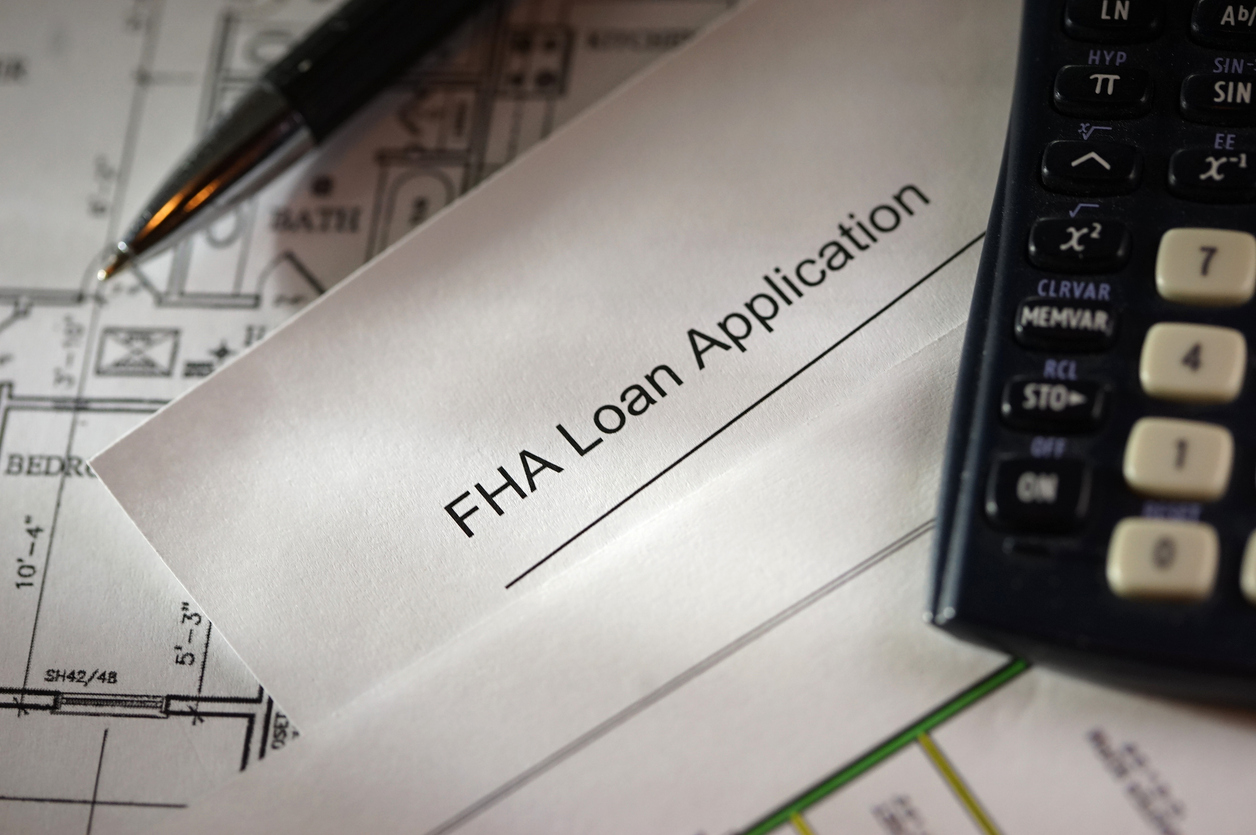
STEP 5: Look into a loan backed by the Federal Housing Administration (FHA) if you’re a first-time buyer or have low to moderate income.
Many first-time home buyers struggle to secure financing to purchase a house. Unlike experienced homeowners, first-time buyers may not have the significant down payment that can come from selling an existing property. The Federal Housing Administration (FHA) offers a loan program to help low- to moderate-income first-time buyers get the money they need to purchase a home—including mobile and manufactured homes. The FHA itself doesn’t provide mortgage financing for manufactured homes. Instead, the FHA Title I loan program offers a guarantee to lenders who extend loans to borrowers. This guarantee ensures a lender will receive a portion of the loan back even if the borrower defaults on payments. Not all mortgage lenders offer FHA loans, and those that do may not offer manufactured home loans. Borrowers looking to use the FHA loan program for a manufactured home may want to check that their preferred lender provides manufactured home FHA loans.
Borrowers must meet certain eligibility requirements, including income requirements, to qualify for a mobile home loan. In addition, the program has maximum loan amounts and term lengths depending on whether a borrower purchases a manufactured home without land, a lot for a manufactured home, or a manufactured home and the land to place it on.
STEP 6: Research mobile home loans backed by the U.S. Department of Agriculture (USDA) if you have low to moderate income and live in a rural area.
The FHA isn’t the only government agency that provides a mobile home loan program. Low- to moderate-income borrowers who live in rural areas may qualify for a USDA rural development loan. The rural development loan program works similarly to the FHA program. The USDA partners with approved lenders to provide loan guarantees for qualifying borrowers and properties. If a borrower defaults on their USDA mortgage, the USDA pays back the lender for a portion of the loan. The purpose of this program is to help lower-income residents in rural areas achieve homeownership.
One of the biggest benefits for rural buyers using the USDA loan program is the chance to finance a home with little or no down payment. The USDA program doesn’t require a down payment, so borrowers could potentially put as little as 0 percent down on their new home. Likewise, the USDA program has no minimum credit score requirements, making it an attractive option for borrowers with lower credit scores. However, borrowers typically must still be able to prove they are willing and able to pay back the loan. Some lenders, for example, may use alternative credit data (such as rental payments, income data, or bank assets) or repayment references to determine if a borrower is eligible for the loan.
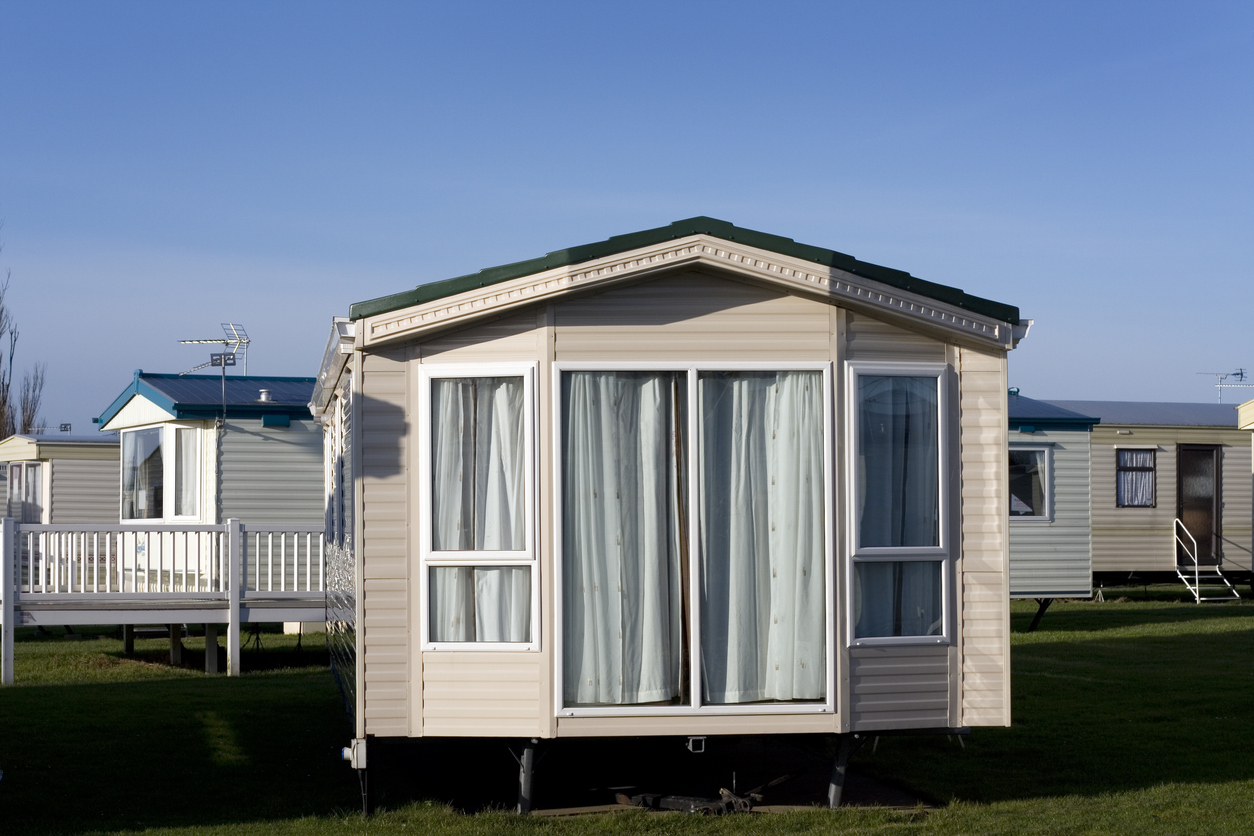
STEP 7: Consider a mobile home loan backed by the Department of Veterans Affairs (VA) if you’re an active military member, a veteran, or a qualifying family member.
Another government-backed loan program option for mobile home buyers is a Department of Veterans Affairs (VA) loan. Like FHA and USDA loans, VA loans are offered by private mortgage lenders that are approved by and partnered with the VA. The VA offers these lenders a guarantee when lending to qualified military members. If a borrower fails to pay back their loan, the VA covers a portion of it so the lender can recoup its losses. For borrowers, a VA loan offers a range of benefits, including no mortgage insurance requirement and the option of putting no money down on the home.
There are strict requirements for borrowers to be able to get a VA loan. Most notably, a VA loan borrower must be a veteran, active-duty military member, or surviving spouse of a veteran. Potential borrowers may want to check with the VA to determine if they qualify for VA home-buying benefits. In addition, the manufactured or mobile home must meet certain loan program requirements for the buyer to secure a VA loan. Mobile homes financed through the VA generally must be labeled real property, meaning the home is placed on a permanent foundation. The mobile home and property it’s on must also meet VA property requirements, such as having a safe and sanitary sewage system and access to clean drinking water.
STEP 8: Look into a chattel loan to finance a mobile home if your mobile home purchase isn’t eligible for other types of financing.
Mobile and manufactured homes sometimes qualify for a unique type of personal property loan known as a chattel loan. Chattel loans are generally used to purchase expensive personal property that’s considered movable, including planes, boats, and some types of farm equipment. In addition, many mobile home buyers use chattel loans as a type of mortgage for their mobile or manufactured home. In a chattel loan agreement, the movable property secures the loan. The lender holds an interest in the property until the loan is paid off.
Some lenders may offer chattel loans that qualify for backing through a government program, such as a USDA loan or VA loan. Borrowers are encouraged to ask lenders about their chattel loan options. Compared with traditional mortgages, chattel loans generally have higher interest rates with shorter loan terms. This often leads to higher monthly payments as opposed to a traditional mortgage for the same amount. However, a shorter term length could make it easier for a borrower to pay off their loan sooner than a regular mortgage.
STEP 9: Consider a personal loan to avoid closing costs and other fees associated with mortgages.
Mobile homes, manufactured homes, and tiny homes tend to be much less expensive than traditional single-family homes. While most traditional home buyers wouldn’t consider a personal loan for a home mortgage, it can be an option for mobile home buyers. Using a personal loan to purchase a mobile home or tiny home can be especially attractive for buyers who already have land on which to place the unit.
Most personal loan lenders have few or no requirements for how borrowers use their loan funds. This makes personal loans a flexible financing option for mobile home buyers to customize to their needs. For example, if a buyer wants to purchase a mobile home unit for $30,000 and put $10,000 worth of renovations into the home, they could use a personal loan of $40,000 to complete the purchase of the home as well as the renovations. Additionally, personal loans don’t typically require the same expensive closing costs as traditional mortgages, such as title fees or home appraisals. The downside of using a personal loan as a mortgage is the high cost associated with larger loan amounts. In general, personal loans have fairly high interest rates relative to other types of loans, such as car loans or mortgages.
STEP 10: Shop around for lenders once you’ve decided on the best loan type and get prequalified with the top choices.
While most mobile home units won’t qualify for a conventional mortgage, many mobile home buyers find they have a large range of loan options to finance their purchase. Buyers generally decide upon the type of loan they think is best for their situation before applying with a lender. Then, potential borrowers can start reaching out to lenders who might offer the type of loan they want.
It’s recommended that borrowers get a prequalification letter from their top lender choices. The prequalification process involves a lender looking at a potential borrower’s credit and financial information to determine if they might qualify for a loan. Prequalified buyers generally have more negotiating power when working with a mobile home seller or manufactured home builder. A prequalification letter shows a seller that the buyer is serious about purchasing a mobile home and has potential financing lined up. Typically, obtaining a prequalification letter won’t hurt a borrower’s credit score, but it can be a wise idea for potential borrowers to double-check with lenders.
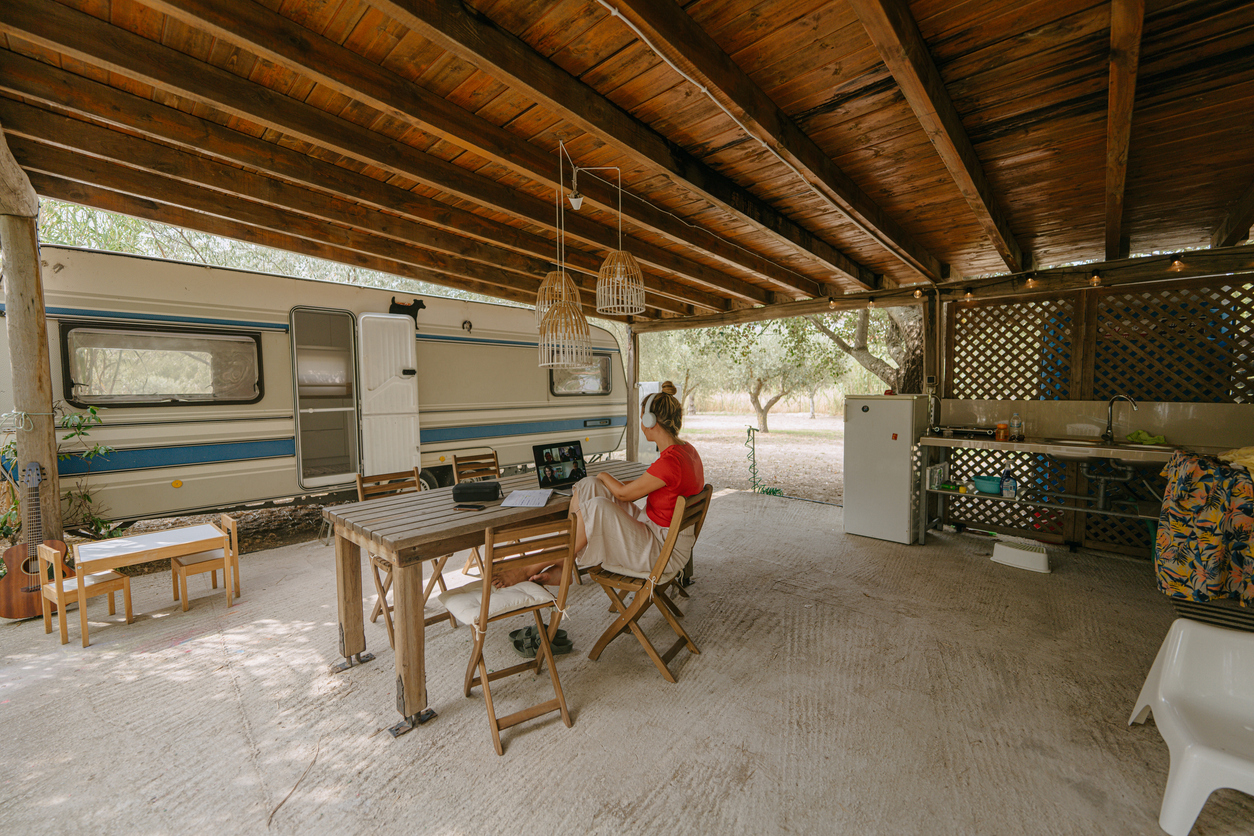
STEP 11: Review your loan offers and submit an application for the one that best fits your needs.
After gathering a few prequalification offers, borrowers can start to compare lenders. It’s recommended that borrowers look at potential loans from multiple lenders to get the best terms. Shopping around for a loan could help the borrower find a better interest rate or more favorable loan payment to fit their financial situation. Additionally, borrowers who secure better loan terms may be able to quickly build equity in their mobile home. Borrowers with equity in their homes may be able to use the equity for renovations or other home needs through a mobile home equity loan or line of credit.
When ready, borrowers can start applying for loans. The application process for any type of loan—from personal loans to conventional mortgages—generally works the same. The borrower will typically need to complete an application that includes details about their financial situation and employment status. If they qualify for financing, the lender will approve the loan and send the borrower a loan agreement detailing the specifics of the loan. Borrowers are encouraged to carefully read the loan terms and sign the agreement only if the terms fit their needs.
Homeowners who are considering a tiny home, manufactured home, or mobile home can use these 11 steps to get a loan for their mobile home. Potential borrowers may want to check with their preferred lender before submitting a loan application to make sure the property meets loan requirements. Finally, mobile home buyers may want to consider their mobile home insurance options and look into additional types of coverage, such as one of the best home warranties for mobile homes (AFC Home Club and American Home Shield are two to consider), to help protect their investment.

